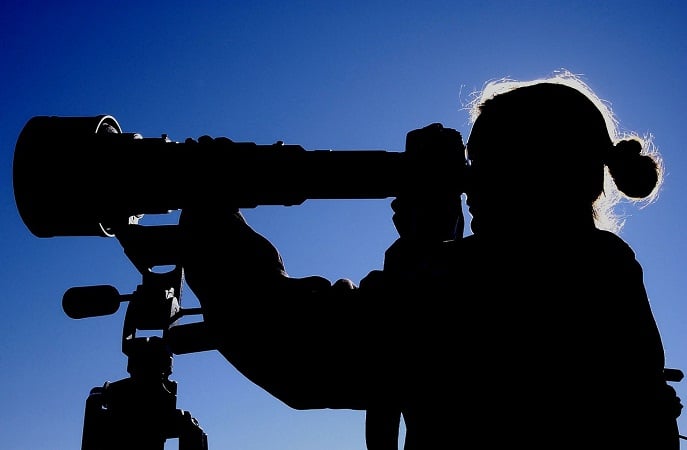Whitetail74
FNG
Hey everyone, I had a few questions for our glass aficionados here. The Main one is this, I was wondering if anyone could quantify in minutes how much time is gained going up in objective lense size? Obviously going up in exit pupil size by staying the same on magnification will lend to more minutes at low light but how many? For example 10x30 vs 10x42 vs 10x56? Is it 2 minutes? 10? Or perhaps more? I have the same curiosity for spotting scopes as well. I’m not sure if many on here have had examples like this side by side but would be curious for any experiences you all have in this realm.


